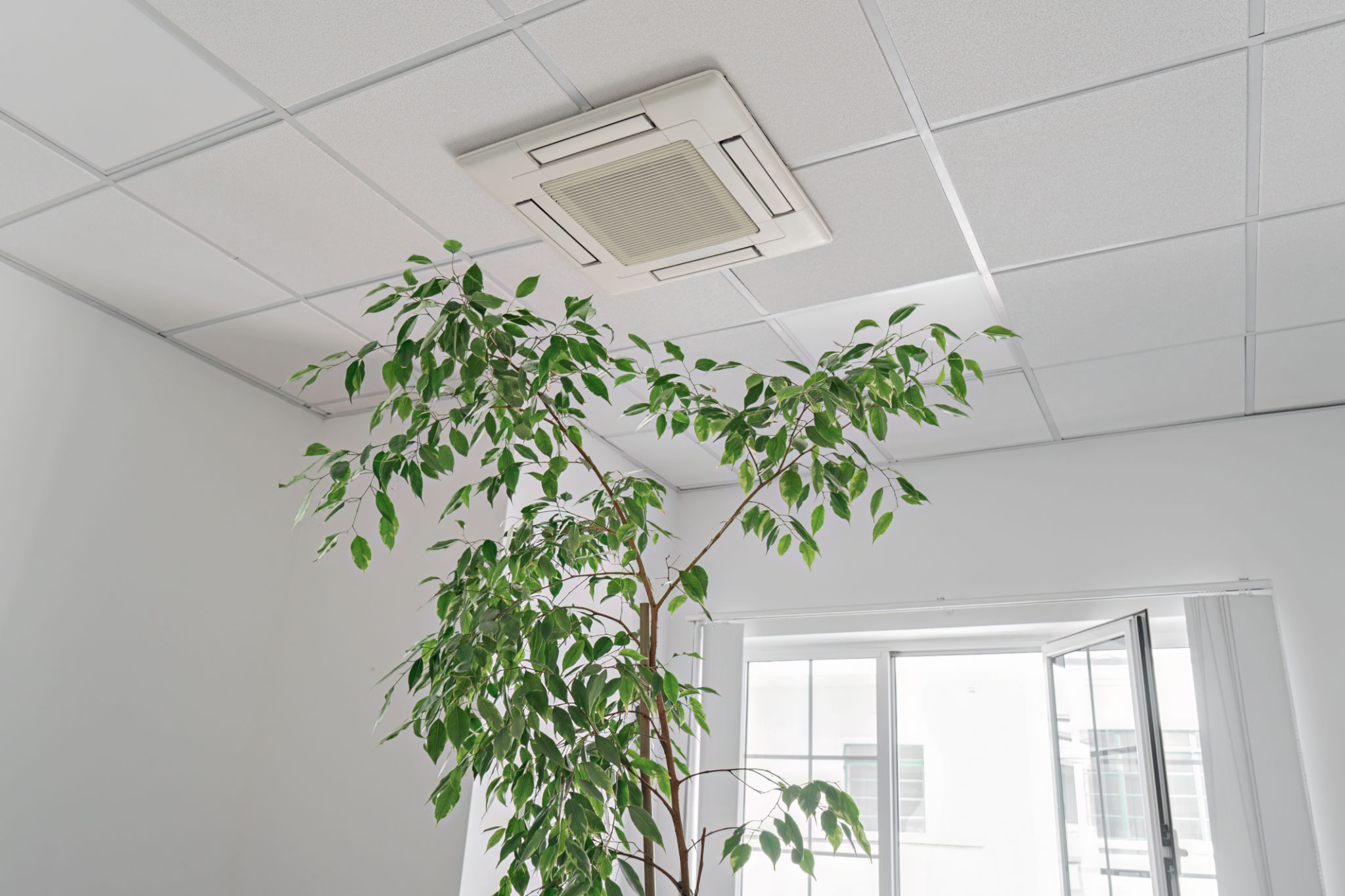Eco-Friendly Home Design: What You Need to Know
AP
Understanding Eco-Friendly Home Design
Eco-friendly home design is more than just a trend; it's a sustainable approach to living that benefits both the environment and homeowners. By integrating environmentally-friendly materials and energy-efficient technologies, you can reduce your carbon footprint and create a healthier living space. Understanding the principles of eco-friendly home design is the first step towards creating a sustainable future.
One of the key elements of eco-friendly design is the use of sustainable materials. These are materials that are renewable, recyclable, or have minimal environmental impact during production. Examples include bamboo, reclaimed wood, and recycled metal. Not only do these materials help reduce waste, but they also add unique character to your home.

Energy Efficiency: Powering Your Home Sustainably
Energy efficiency is a cornerstone of eco-friendly home design. By reducing energy consumption, you not only save on utility bills but also decrease your home's overall environmental impact. Consider installing energy-efficient appliances, LED lighting, and smart thermostats to manage energy use effectively.
Additionally, incorporating renewable energy sources like solar panels can significantly reduce reliance on fossil fuels. Solar panels harness the sun's power to generate electricity, making them an excellent investment for long-term savings and sustainability.

Water Conservation: Making Every Drop Count
Water conservation is another critical aspect of eco-friendly home design. Implementing water-saving fixtures such as low-flow toilets, faucets, and showerheads can dramatically reduce water usage. Additionally, consider installing a rainwater harvesting system to collect and reuse rainwater for gardening or other non-potable uses.
Landscaping with native plants that require minimal watering is another effective way to conserve water. These plants are adapted to local climates and typically require less maintenance and irrigation.

Indoor Air Quality: Breathing Easy at Home
Improving indoor air quality is essential for creating a healthy living environment. Using non-toxic paints and finishes, which emit fewer volatile organic compounds (VOCs), helps reduce indoor pollution. Additionally, ensuring proper ventilation through windows, exhaust fans, and air purifiers can significantly improve air quality.
Houseplants are not only aesthetically pleasing but also help filter indoor air. Plants such as spider plants and peace lilies can remove toxins and improve air quality naturally.

The Benefits of Eco-Friendly Home Design
Investing in eco-friendly home design offers numerous benefits beyond environmental conservation. Homes designed with sustainability in mind often have higher resale values due to their energy-efficient features and reduced utility costs. Additionally, living in a sustainable home can enhance your overall well-being by providing a healthier indoor environment.
By taking steps towards eco-friendly home design, you're contributing to a more sustainable world while enjoying the economic and health benefits that come with it. Whether you're building a new home or renovating an existing one, incorporating sustainable practices is a worthwhile investment for the future.